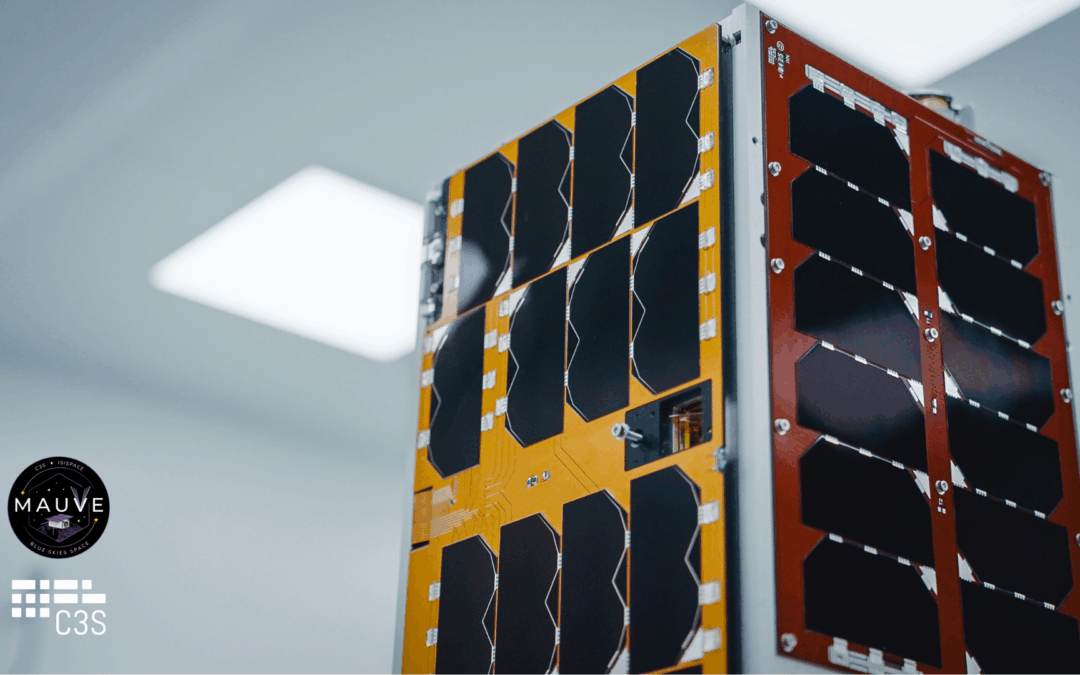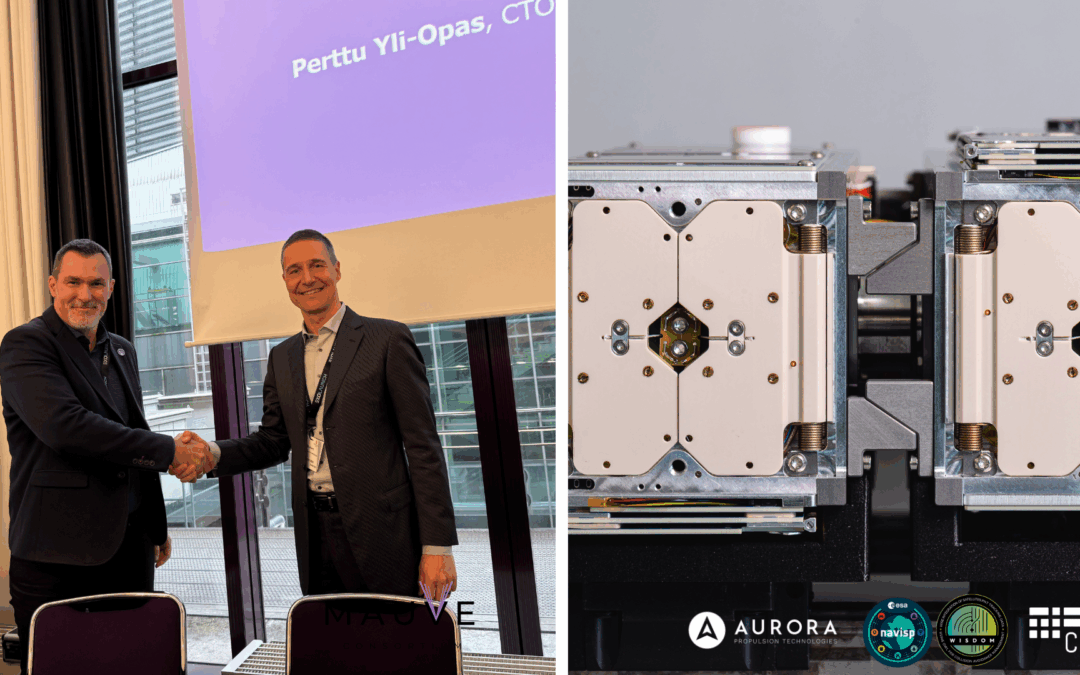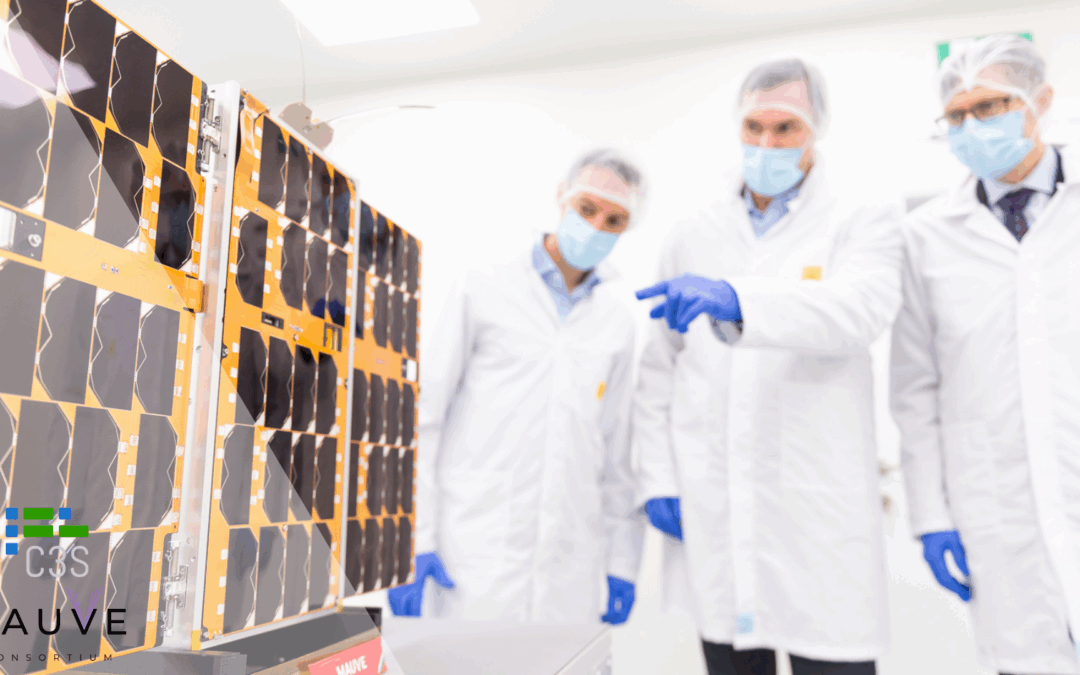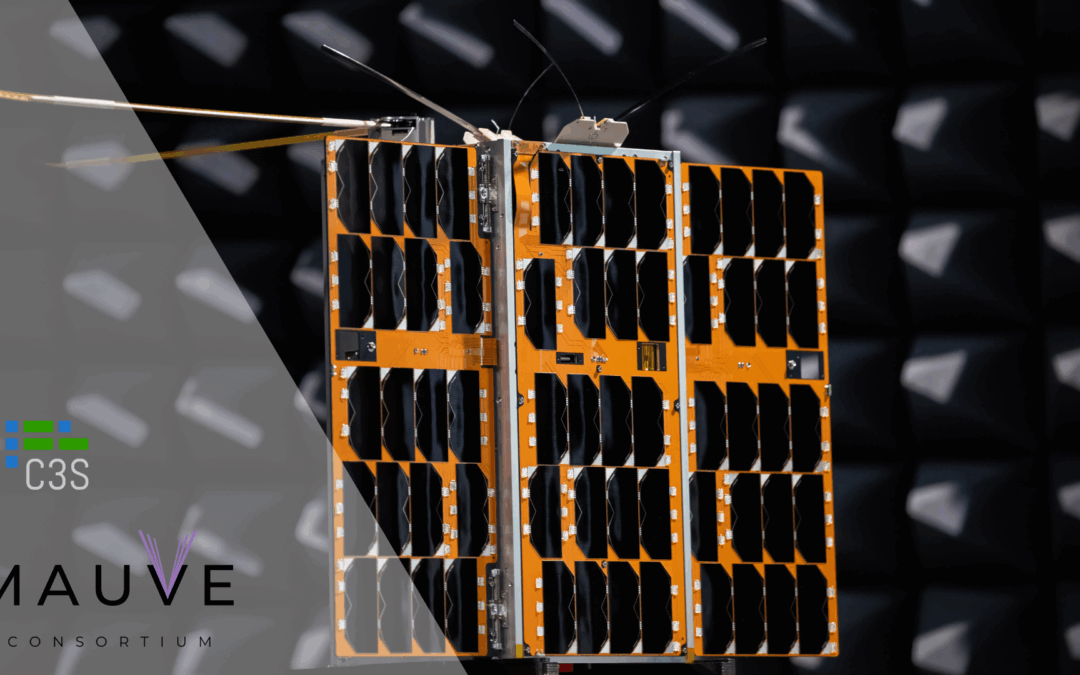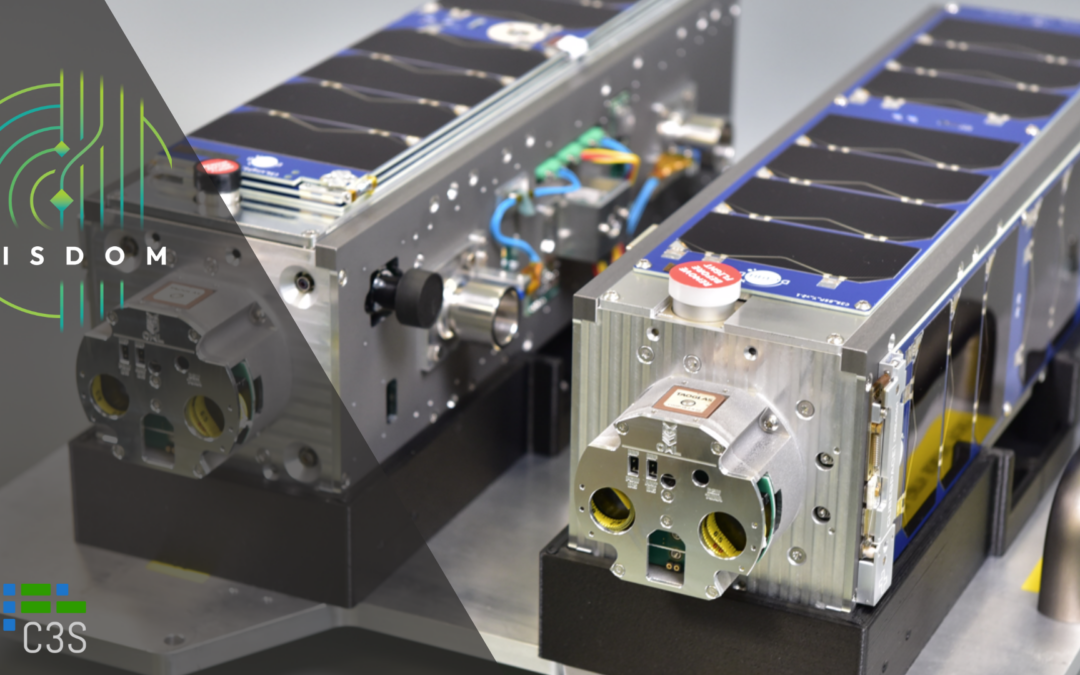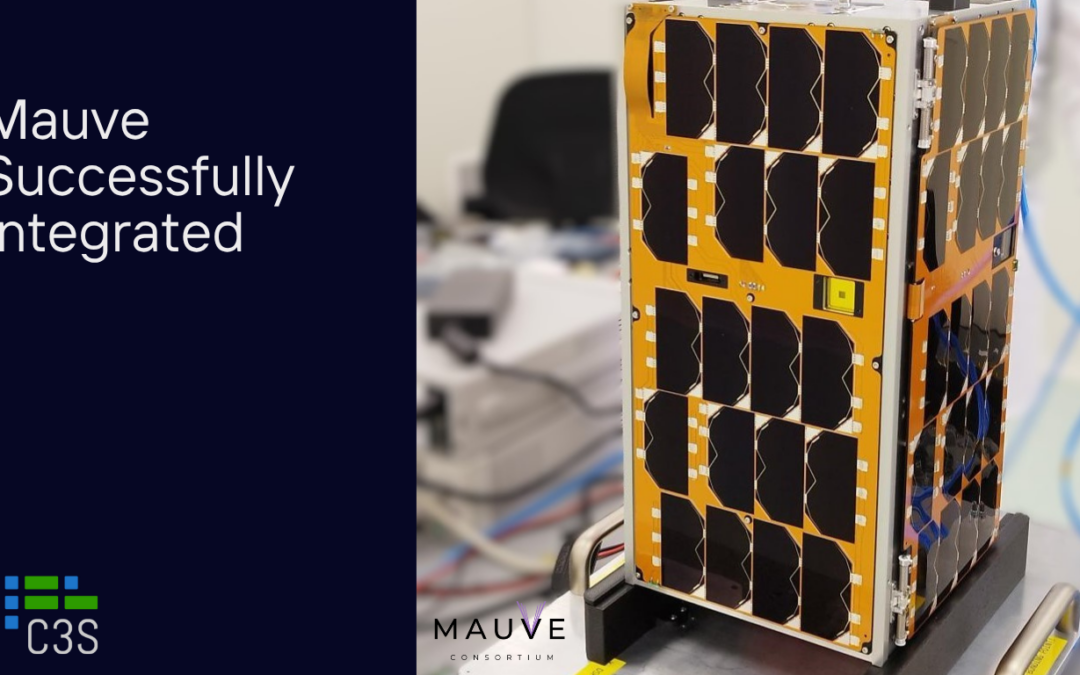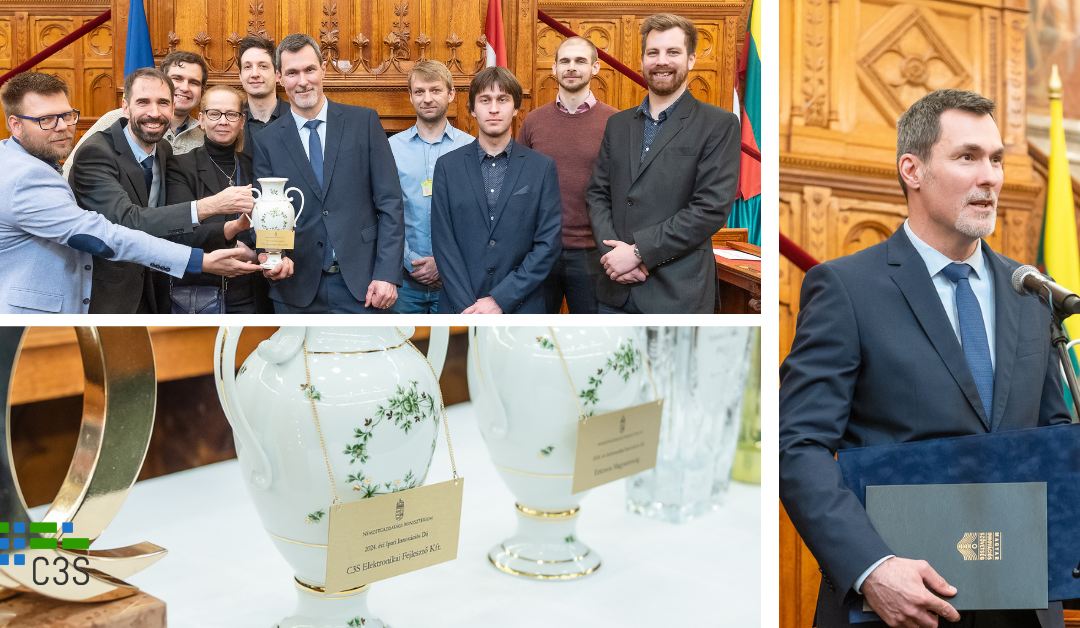Since the 2000s, the rapid growth of space activities, the sharp increase in the number of satellites, and the rising problem of space debris have made regular, global monitoring essential. To address these challenges, international initiatives and programs, such as the ESA SSA program, have established frameworks for Space Situational Awareness (SSA), enabling continuous tracking of space objects, assessing collision risks, and monitoring space weather, thereby ensuring the safety and sustainability of space operations.
C3S LLC plays a leading role in SSA CubeSat development, particularly in space debris tracking and collision avoidance, with platforms fully compliant with international space debris mitigation standards. This role is clearly demonstrated by our latest project, WISDOM, which further reinforces our commitment to safe and sustainable space operations.
WISDOM – Innovative Technology for Space Traffic Management
(Wise Integration of Satellites PNT tracking Data using OWL for collision avoidance Management)
Mission
Separation, ISL communication, collision avoidance, maneuver demonstration
The WISDOM (Wise Integration of Satellites PNT tracking Data using OWL for collision avoidance Management) project aims to improve space traffic management and collision avoidance through a 6U satellite that separates into two 3U CubeSats. Supported by the ESA NAVISP program, WISDOM provides the necessary technologies for positioning, tracking, inter-satellite communication, and autonomous decision-making, enabling satellites to proactively manage collision avoidance without human intervention.
Both CubeSats are equipped with GNSS and the OWL (Orbital Whereabout Locator) system for independent communication and manoeuvring to reduce collision risks. The project demonstrates key technologies including successful satellite separation using the HDRM (Hold Down Release Mechanism), integration of PNT capabilities, and autonomous manoeuvring coordinated by the IPC (Intelligent Payload Computer) Wisdom Control software with the propulsion systems. One CubeSat carries mini-thrusters, while the other is equipped with a plasma brake for safe deorbiting within two years. The OWL transceiver allows communication between the CubeSats over distances up to 4,000 kilometers.
During the mission, WISDOM will showcase several collision avoidance scenarios in orbit and demonstrate safe and practical solutions for satellite operators. The project aims to provide a proven, easy-to-integrate subsystem that future satellite manufacturers can use to plan safer missions. The consortium involves C3S LLC, a CubeSat platform provider, and Aurora Propulsion Technologies Oy, specializing in thrusters and plasma brakes for deorbiting. The Plasma Brake system, adapted for CubeSats, is currently at TRL5 and targets spacecraft in the 2–1,000 kg range. The satellite is expected to launch in October 2025.
Mission parameters for demonstration: https://youtu.be/qPPrunDSkzE
6U XL Spacecraft:
2 mechanically connected 3U XL CubeSats
Demonstrate:
- Inter Satellite Link communication
- Collision avoidance maneuver
- Separation mechanism
- Plasma brake
LEO orbit:
Altitude: 500km
Sunsynchroneus
1030LTAN
SIZE: 2 x 3 Unit START: November 2025
NEW S UBSYSTEM: IPC, OWL PAYLOAD: Plasma brake and Thruster
PLASMA BRAKE
TETHER LENGTH: 200 m TETHER WIDTH: 20 mm
TETHER THICKNESS: 50 μm HOUSING DIAMETER: 80 mm
HOUSING DEPTH: 75 mm TETHER REEL AXIS: Perpendicular to housing axis
END MASS: 63 grams, deployed at tether end
THRUSTER
DIMENSIONS OF ONE THRUSTER: TETHER WIDTH: 20 mm
53.2 × 28 × 31.1 mm
PERFORMANCE (BEGINNING OF LIFE ): PERFORMANCE (END OF LIFE ):
1.1 mN 0.4 mN
TOTAL BURN TIME:
estimated 3 000 second
Separation mechanism – HDRM (Hold Down Release Mechanism)
The development of the separation mechanism ensures the successful in-orbit release of the two CubeSats. The securely interconnected satellites are separated by a customized HDRM (Hold Down Release Mechanism), which is activated by a ground command. Ensuring precise mechanical integration and robust operation required particular attention during the manufacturing process.
During the separation the HDRM let off the bolt that fixest he two satellites together. After that the two spring mechanisms pushes the satellites apart from each other.
Inter satellite link
In the WISDOM project, a new transceiver product is being integrated into the system to advance inter-satellite communication: the OWL (Orbital Whereabout Locator) developed by C3S. This device is essential, as the two CubeSats can only communicate and maneuver autonomously if both are equipped with the OWL subsystem. The inter-satellite link has a range of more than 4,000 kilometers. The OWL serves a dual role: on the one hand, it exchanges data with the other satellite, and on the other, it forwards this information to the ground stations. The type of data transmitted depends on the maneuvering commands.
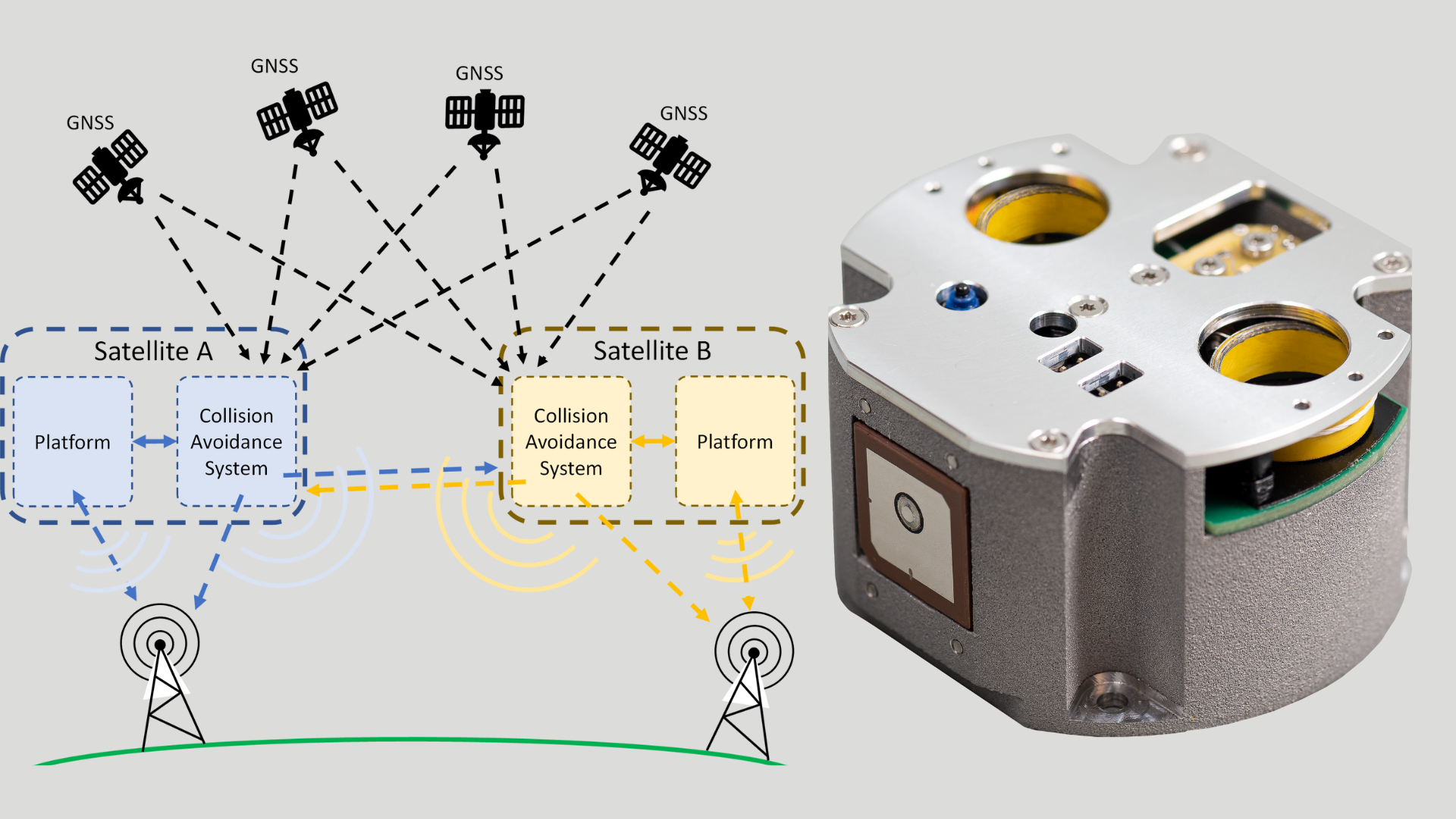
Positioning under extreme conditions
The onboard OWL (Orbital Whereabout Locator) system is not only a communication tool but also a key element for satellite positioning. During its development, special attention was given to testing the integrated GNSS receiver under various orientation and motion conditions. For this purpose, the OWL FlatSat was connected to a GNSS simulator. The goal was to validate the reliability of the onboard positioning capability under realistic conditions, even without stable attitude control, i.e., during random drifting.
Intelligent IPC and Propulsion System
The IPC (Intelligent Payload Controller), which enables the demonstration of collision-avoidance maneuvers, is a real-time decision-making system that automatically controls the thrusters based on OWL data and executes maneuvers without human intervention.
Propulsion Technology – third-party products
C3S has entered into a partnership with the Finnish company Aurora Propulsion Technologies in the field of propulsion technology. For the IoD (In-orbit Demonstration) mission, one of the 3U satellites was equipped with four mini thrusters, while the other carried a larger plasma brake designed for deorbiting. The mini thrusters are responsible for satellite maneuvering, ensuring the necessary orbital adjustments and collision avoidance. The plasma brake, occupying less than 1U, is not only a technological innovation but also a key to sustainability. Therefore, it had to be demonstrated that during one month of continuous operation, it is capable of reducing the satellite’s orbital altitude by at least 5 km, thus meeting the prescribed deorbiting requirements.
The WISDOM technology is recognized as a pioneering solution in the small satellite sector, seamlessly integrating onboard PNT (Positioning, Navigation, and Timing) systems, inter-satellite communication, and advanced onboard computing capabilities, thereby playing a critical role in enhancing satellite collision avoidance and ensuring safer operations within increasingly congested orbital environments.

